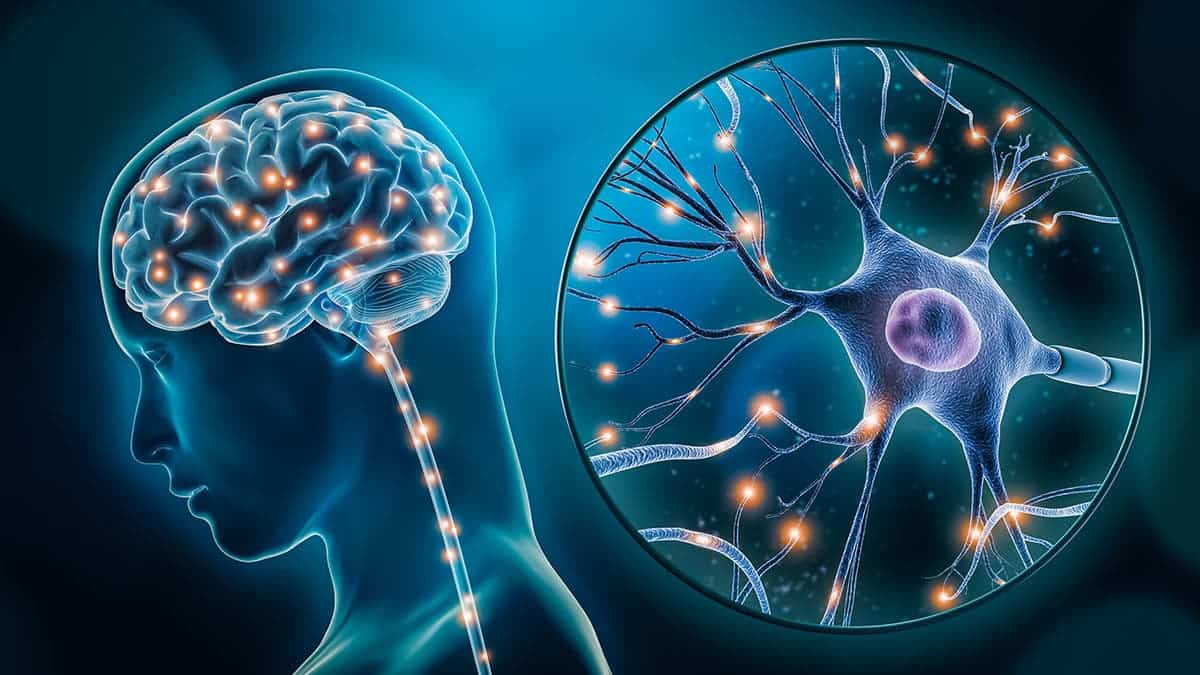
Researchers grew tiny brain tissue in their lab, which they exposed to solutions containing the powerful psychedelic drug LSD. Under the microscope, the scientists could see evidence that LSD enhances neuroplasticity — the capacity of neurons and neural networks in the brain to change their connections and behavior in response to new information. Subsequent investigations also showed LSD made rats more eager to explore and improved memory in humans.
Previously, LSD has shown promising results in clinical trials for a variety of psychiatric disorders and mental health problems, including depression, PTSD, and addiction.
But these findings show that the drug may not only be a viable treatment but also a nootropic — a compound or supplement that enhances cognitive performance.
LSD and neuroplasticity
Neuroplasticity, also known as neural plasticity or brain plasticity, is a process that involves adaptive structural and functional changes in the brain in response to new experiences. This means that as we learn new skills and pick up new habits the brain literally remodels itself, similar to how physical exercise affects your muscles.
It’s fast, too. Our neurons can be rewired to such an extent that the visual cortex, which typically only receives inputs from our eyes, can begin to receive inputs from our ears after being blindfolded for just an hour.
But it’s not just learning that triggers changes in plasticity. Things like addiction to substances or depression can also rewire synapses, which partly explains why such conditions can be challenging to treat.
Studies suggest that much of this neuroplasticity happens and is facilitated by sleep. In fact, neuroplasticity may well be the reason why humans dream, as the visual cortex starts to receive input from other brain areas and becomes active to avoid its function deteriorating while our eyes are closed, according to the “defense activation theory”.
In 2018, researchers at the University of Buenos Aires in Argentina found evidence that suggests LSD induces a lucid dream-like state. In an earlier study, scientists at the University of Zurich found that LSD induces this dreamlike state of consciousness by stimulating the serotonin 2A receptor, one of the 14 serotonin receptors in the brain.
Sidarta Ribeiro, a Brazilian professor of neuroscience at the Brain Institute of the Federal University of Rio Grande do Nort, has been studying neuronal plasticity and how it relates to sleeping and dreaming for more than a decade. Naturally, these recent studies that report dream-like states induced by LSD immediately piqued his interest. How does LSD impact neuroplasticity and what could be the cognitive effects?
Tripping tiny brains
To answer these questions and more, Ribeiro and colleagues embarked on a series of experiments. In the first leg of the study, they made brain organoids in the lab. A brain organoid is a self-organizing three-dimensional tissue derived from human embryonic stem cells or pluripotent stem cells. It is supposed to simulate the architecture and functionality of the human brain though they’re not exactly “mini-brains” and have some serious limitations. Nevertheless, they’re considered great models for many aspects of brain development.
After dropping LSD on these brain organoids, the researchers found that the psychedelic drug affected several processes known to be involved in neuroplasticity, including DNA replication and protein pathways and signaling.
In another experiment, the researchers gave 76 rats a small dose of LSD or an inert saline solution. Days later, the rats who had received LSD spent more time exploring novel objects, but the overall time spent exploring familiar objects was not affected compared to the control rodents.
“Our results show that LSD pre-treatment can substantially increase novelty preference in rats several days after dosing, with a significant single dose effect,” the researchers told PsyPost. “The results imply that LSD-induced plasticity enhanced novelty-seeking.”
Finally, the researchers performed a randomized, double-blind, placebo-controlled study with 25 healthy volunteers who received a low, 50-microgram dose of LSD in one session and an inactive placebo in another session. The order of the sessions was randomized.
The morning after they received LSD, the participants had to perform a visuospatial object-location task meant to assess memory consolidation, as well as a Rey-Osterrieth Complex Figure test that assesses memory encoding and recall. The participants had better overall memory performance the day after receiving LSD than the morning after receiving the inert placebo.
“To our knowledge, this is the first study to show that LSD enhances subacute memory in humans,” the authors wrote in their study, who add that LSD seems to promote neural plasticity and enhance cognition in healthy human adults.
“Psychedelics have been demonized since the 1960s, and in the past decade they have returned to biology and medicine through the front door,” Ribeiro told PsyPost.
“However, the utility of psychedelics is not restricted to the treatment of patients with a pathological condition. They can also be very useful to improve the cognition of healthy individuals, i.e., they should be seen not just as medicine, but also as part of human life at large.”


